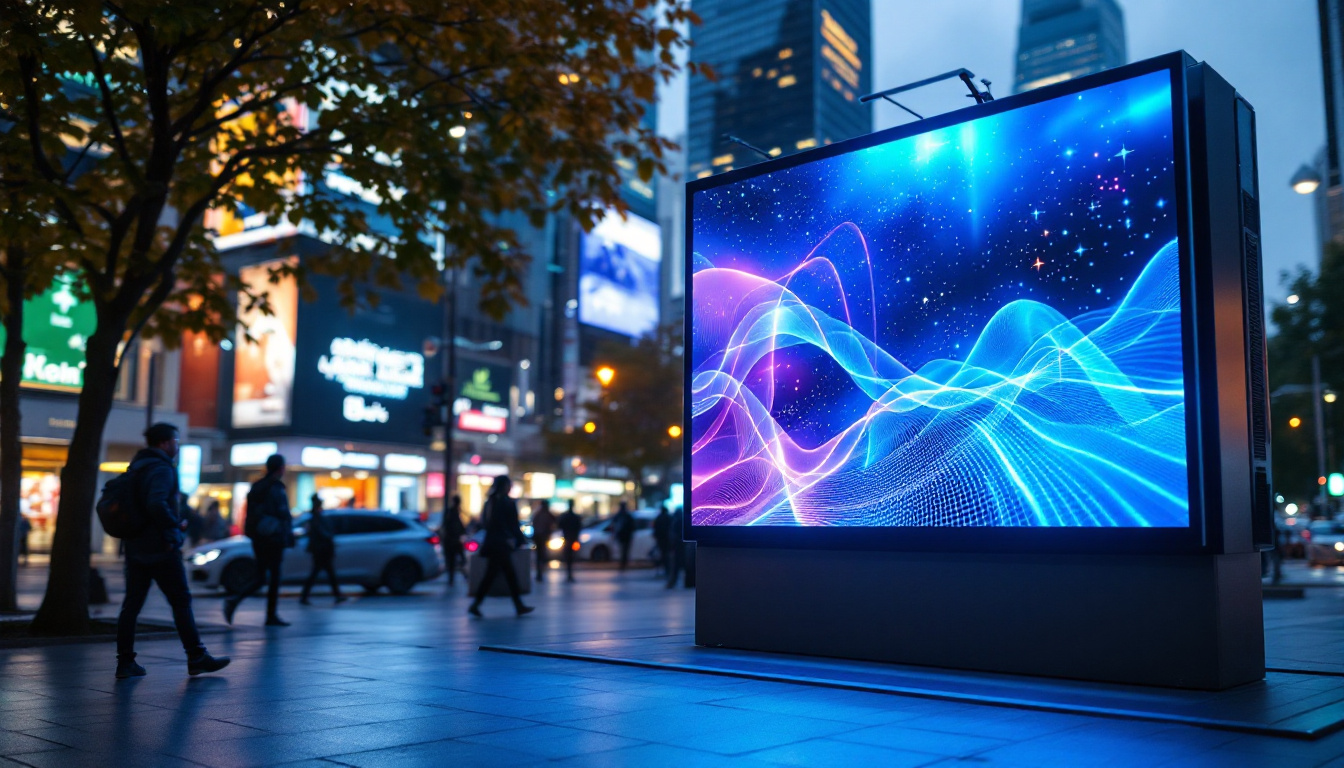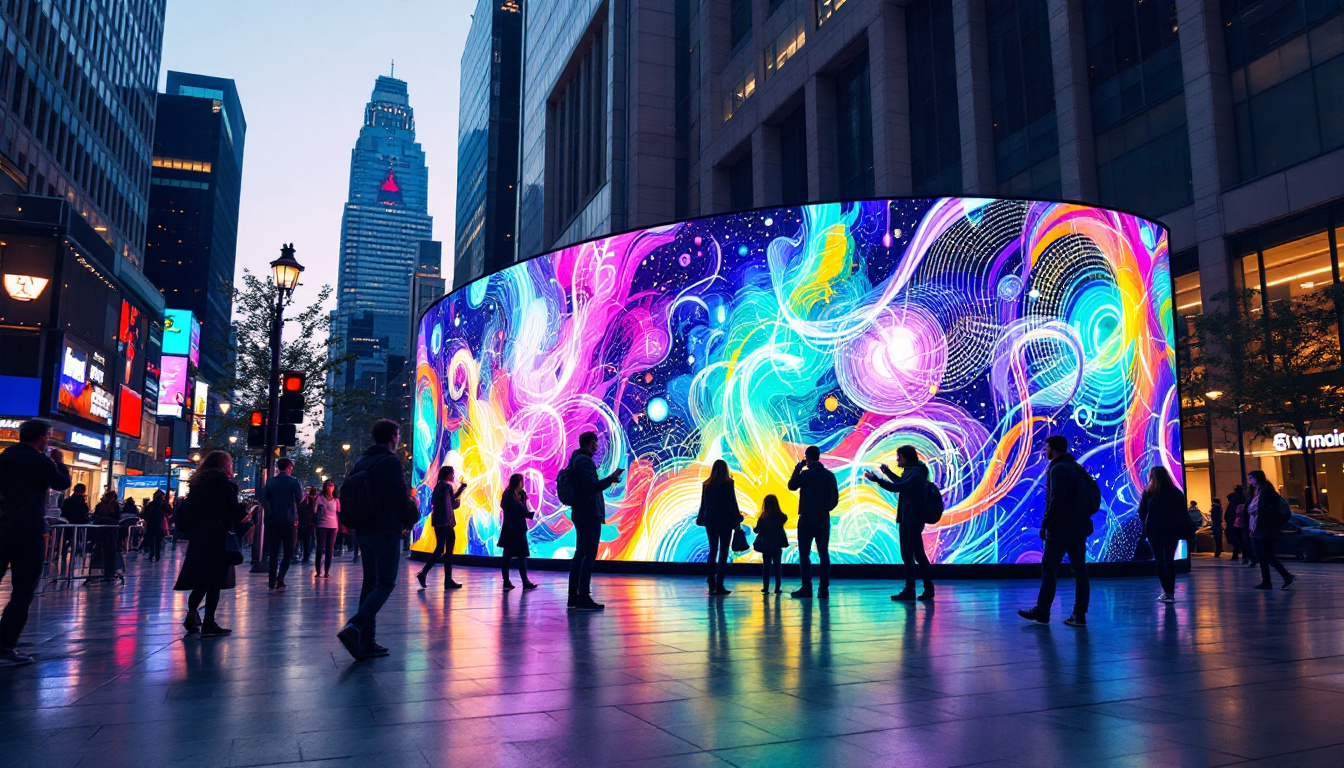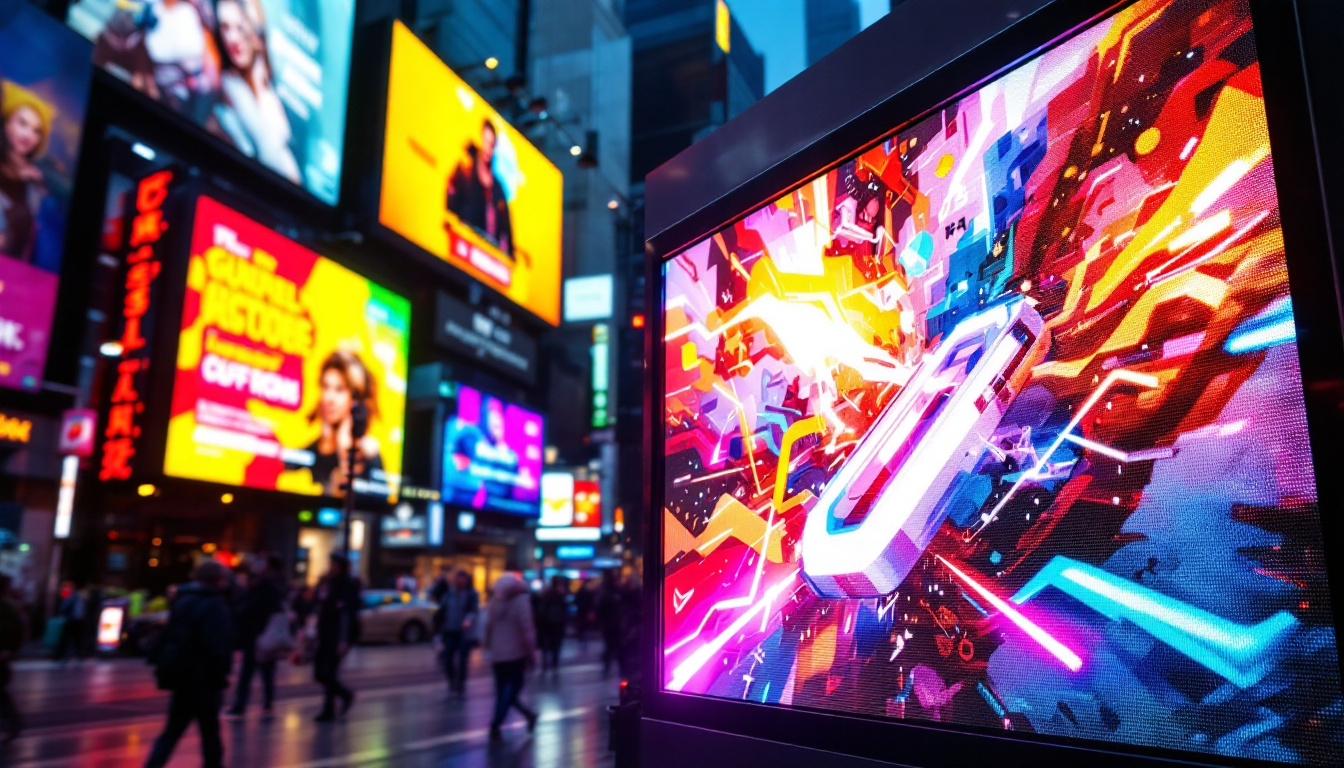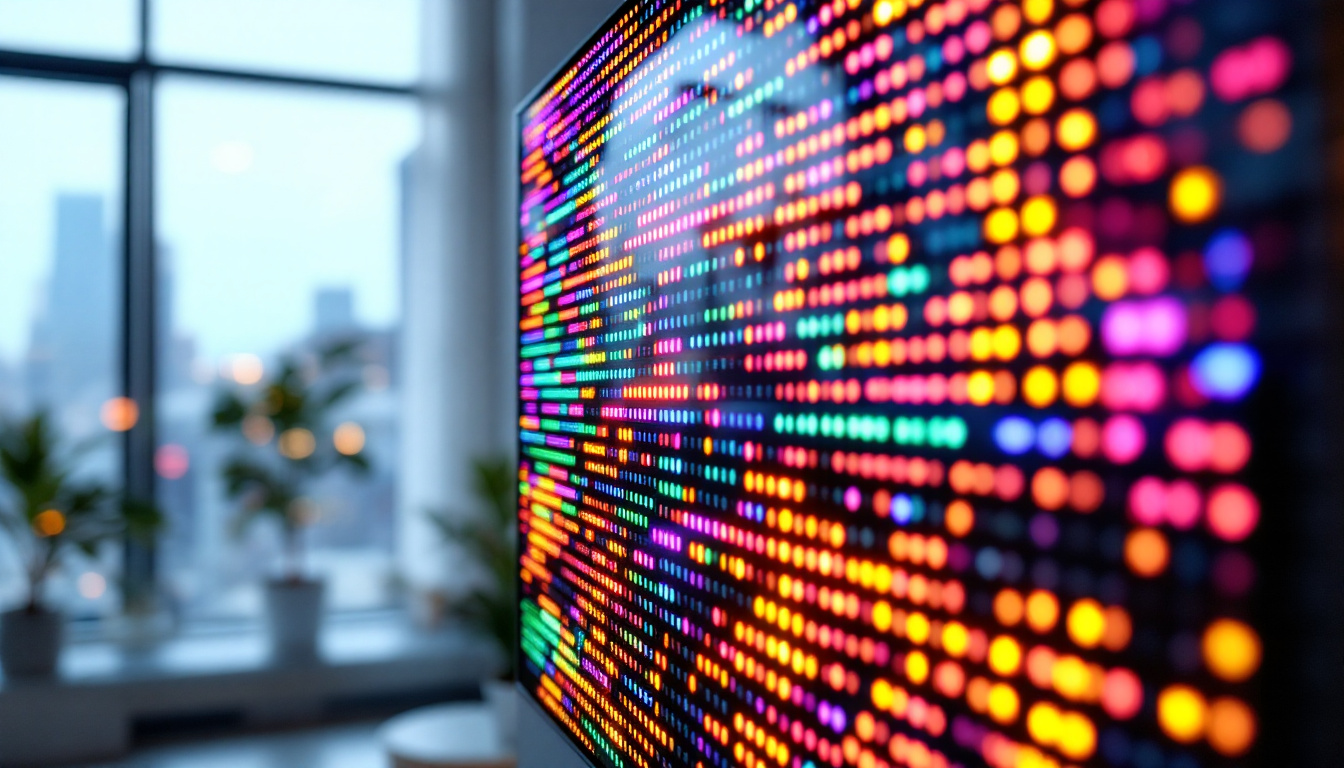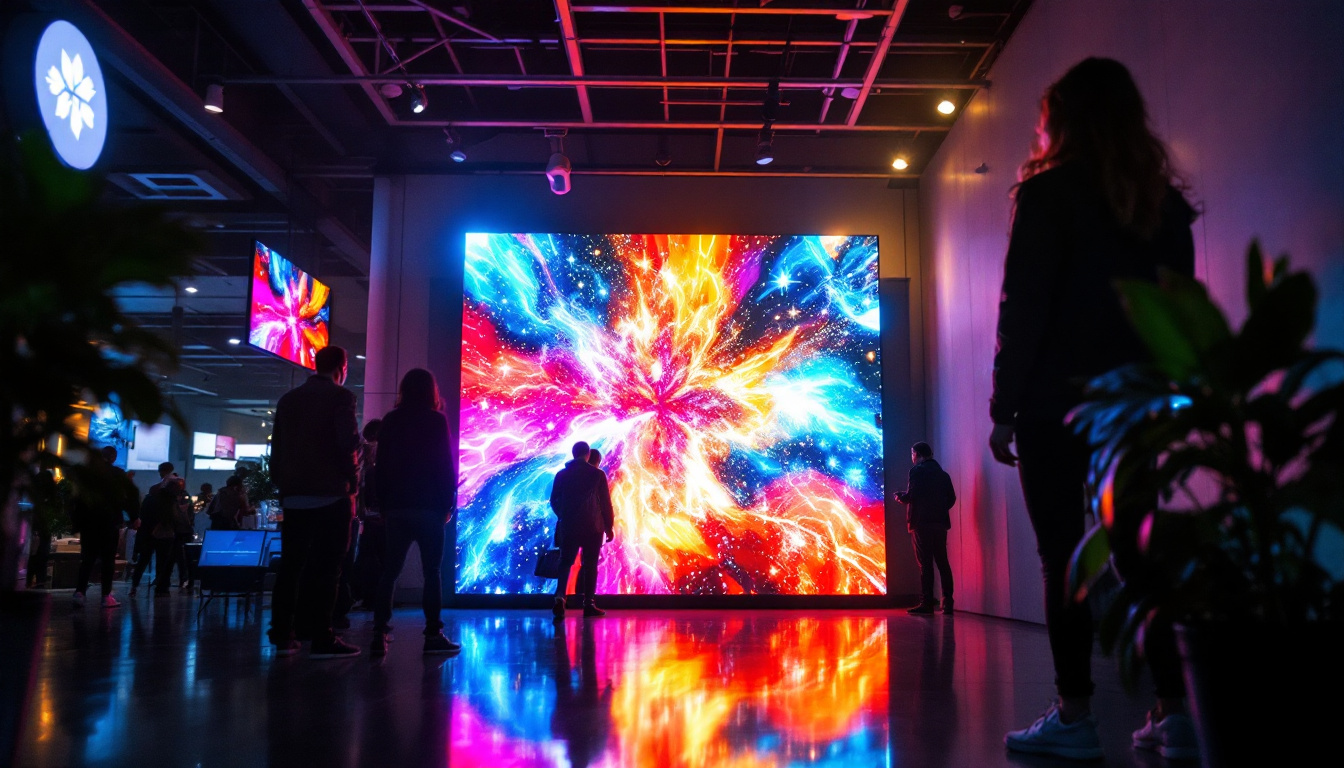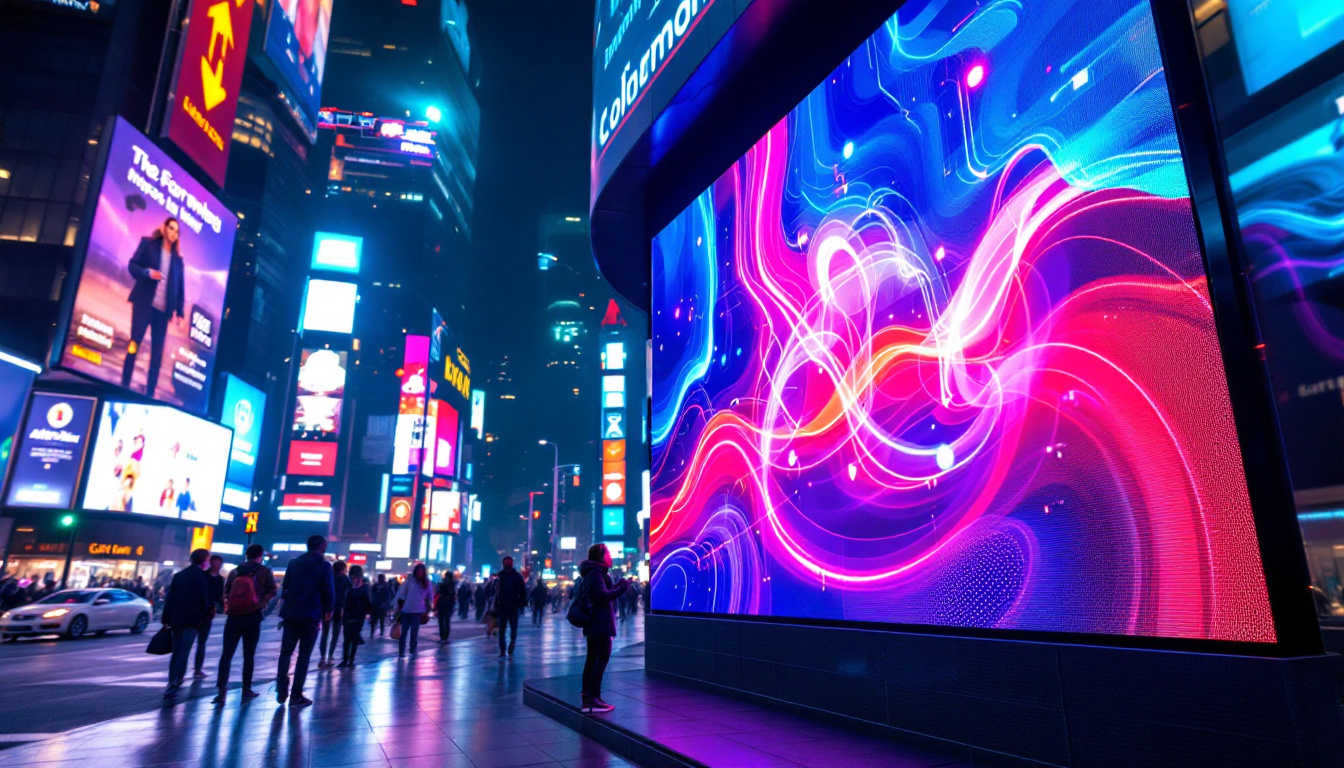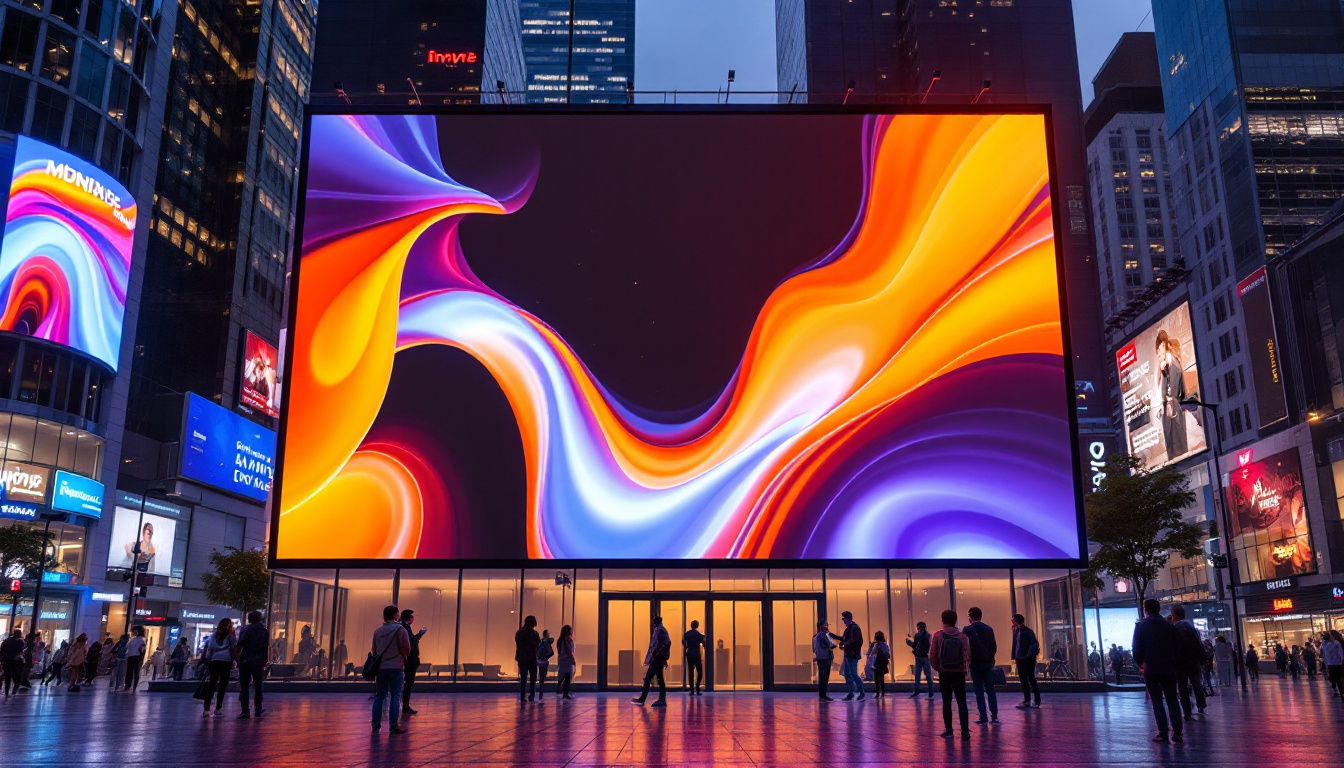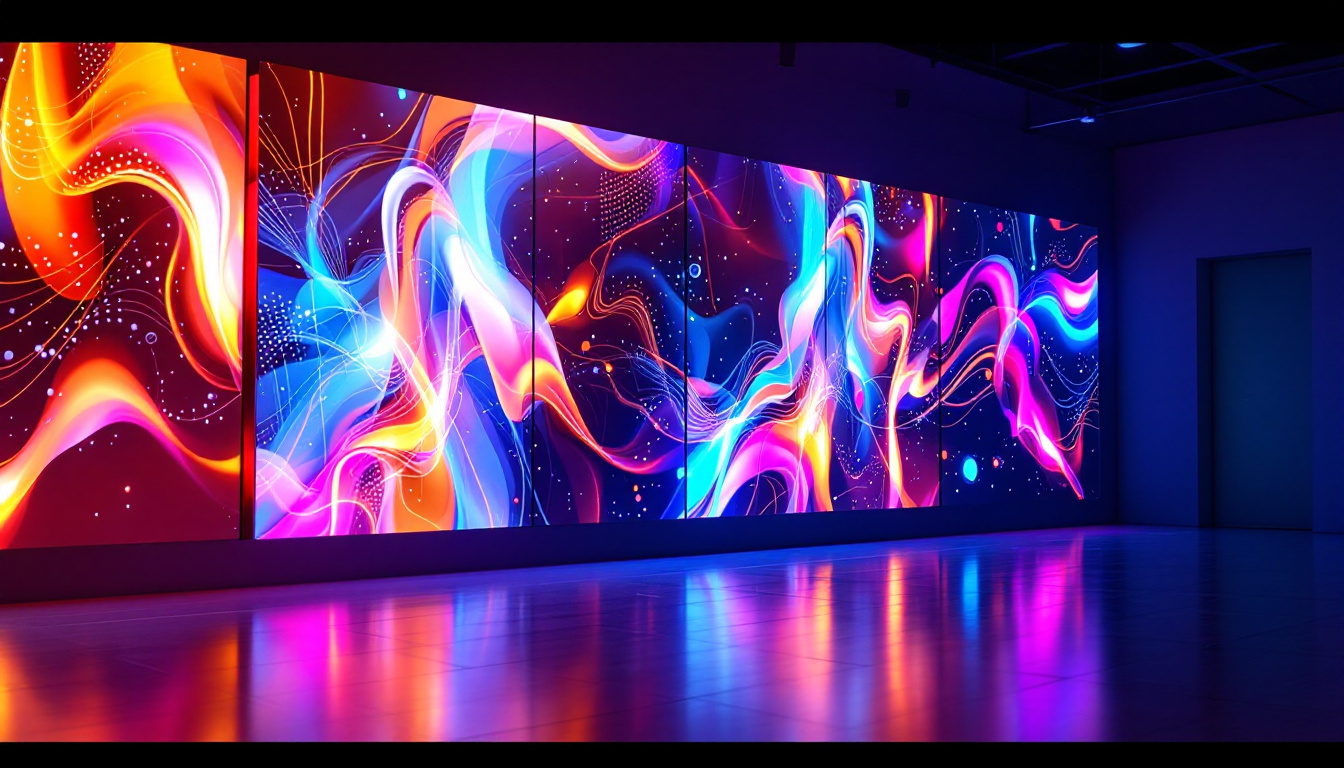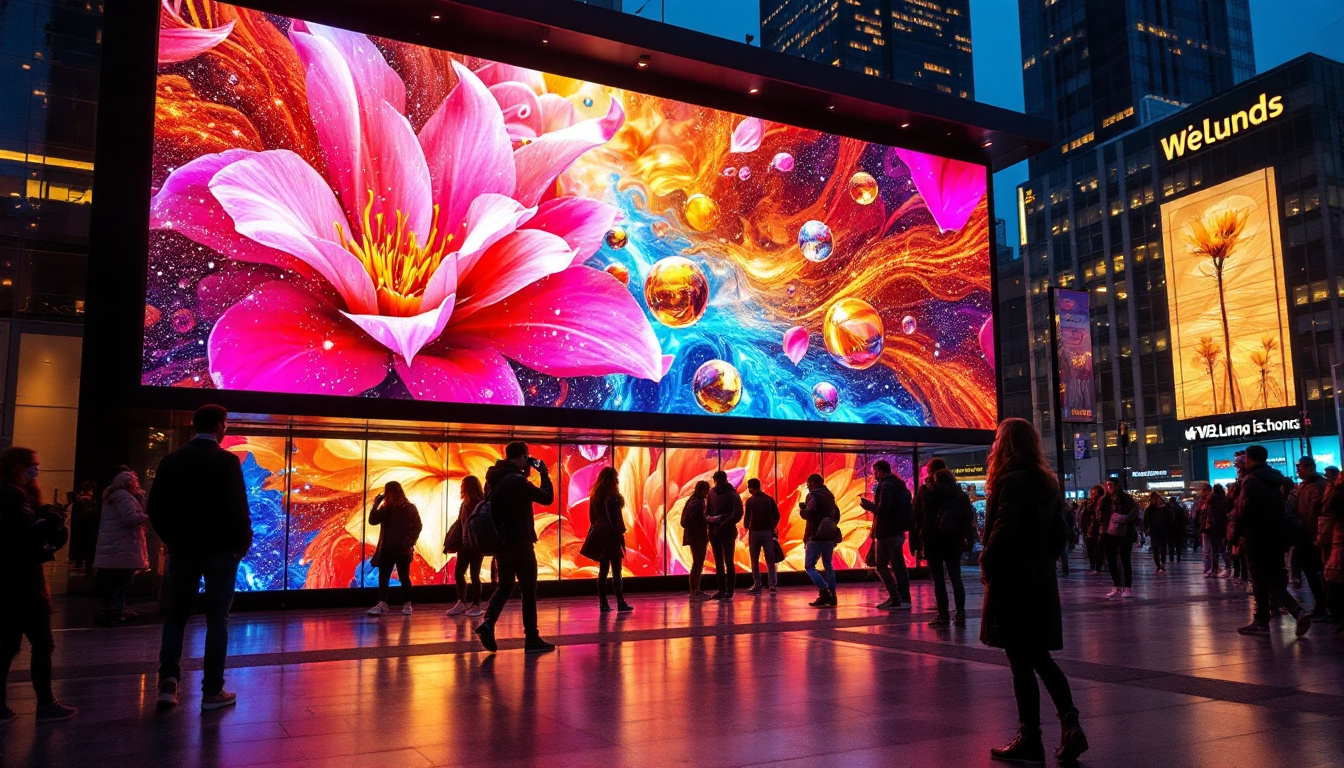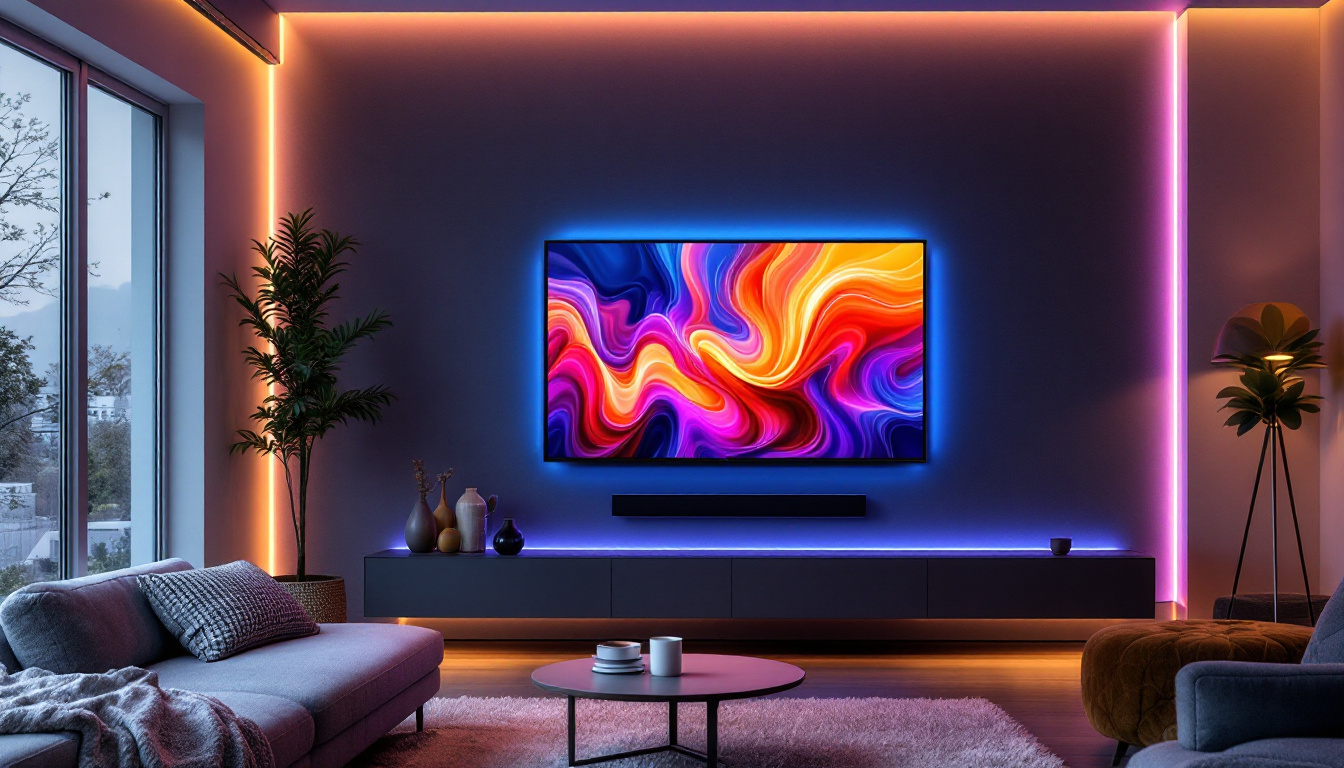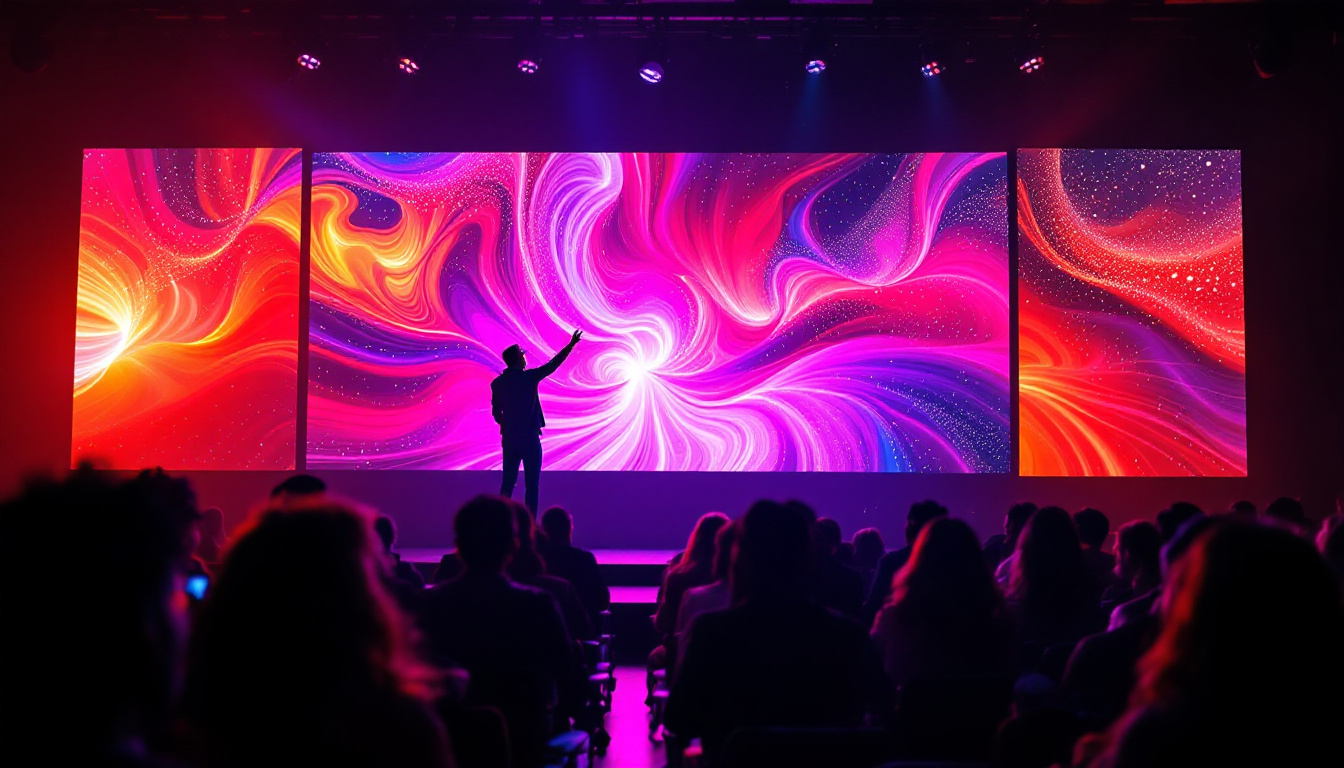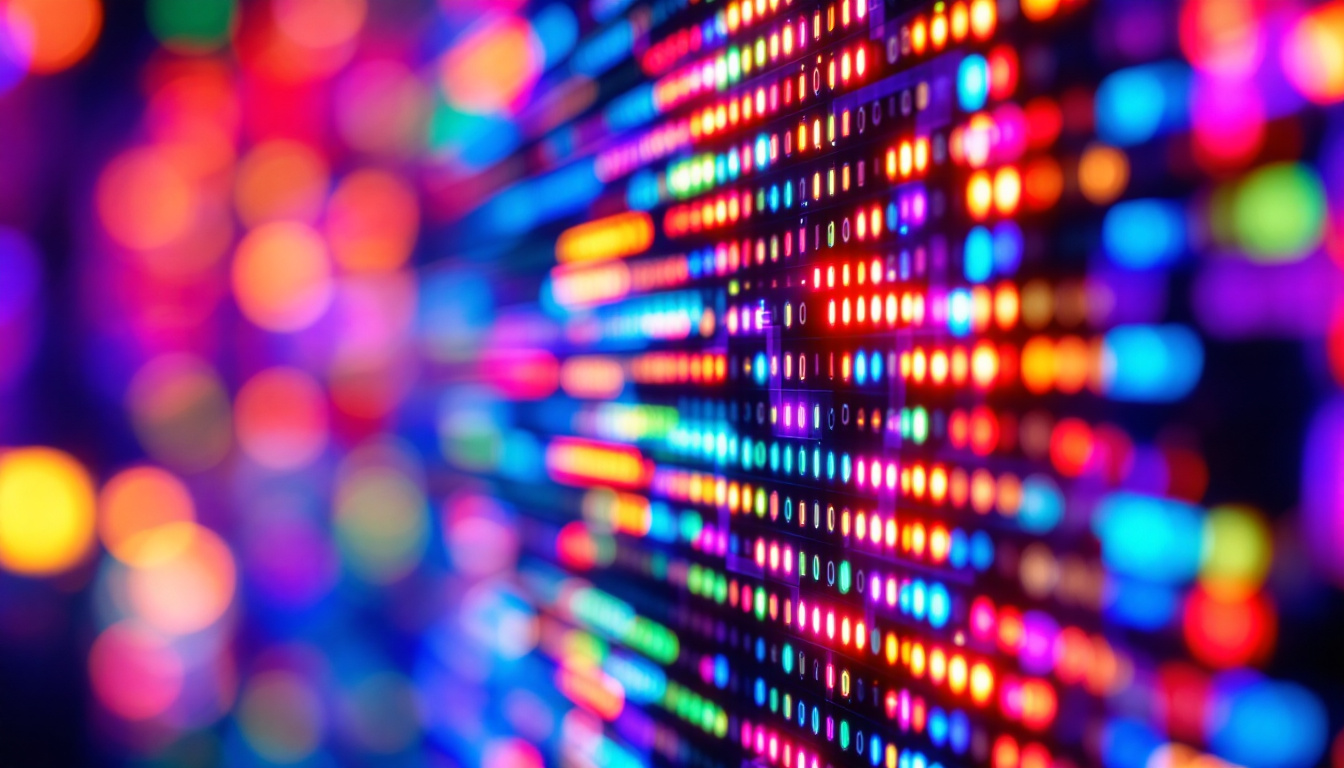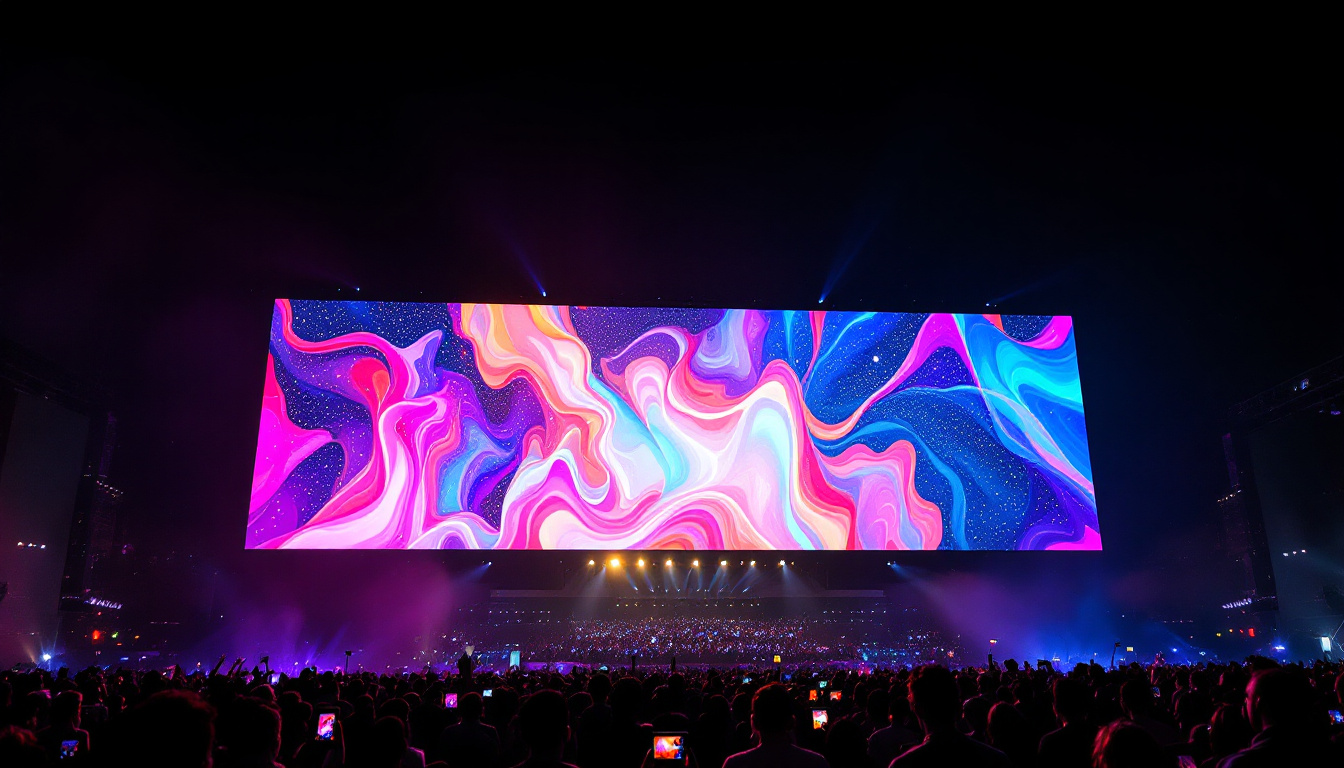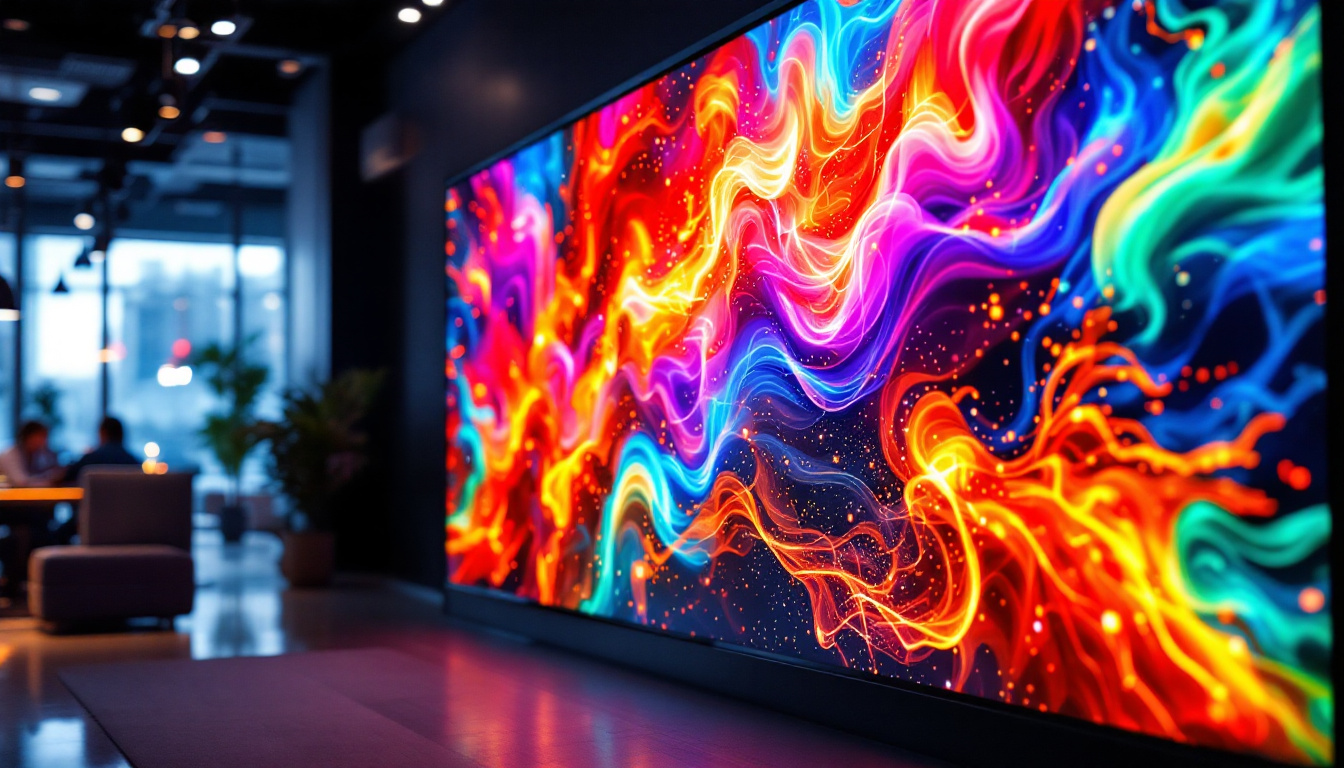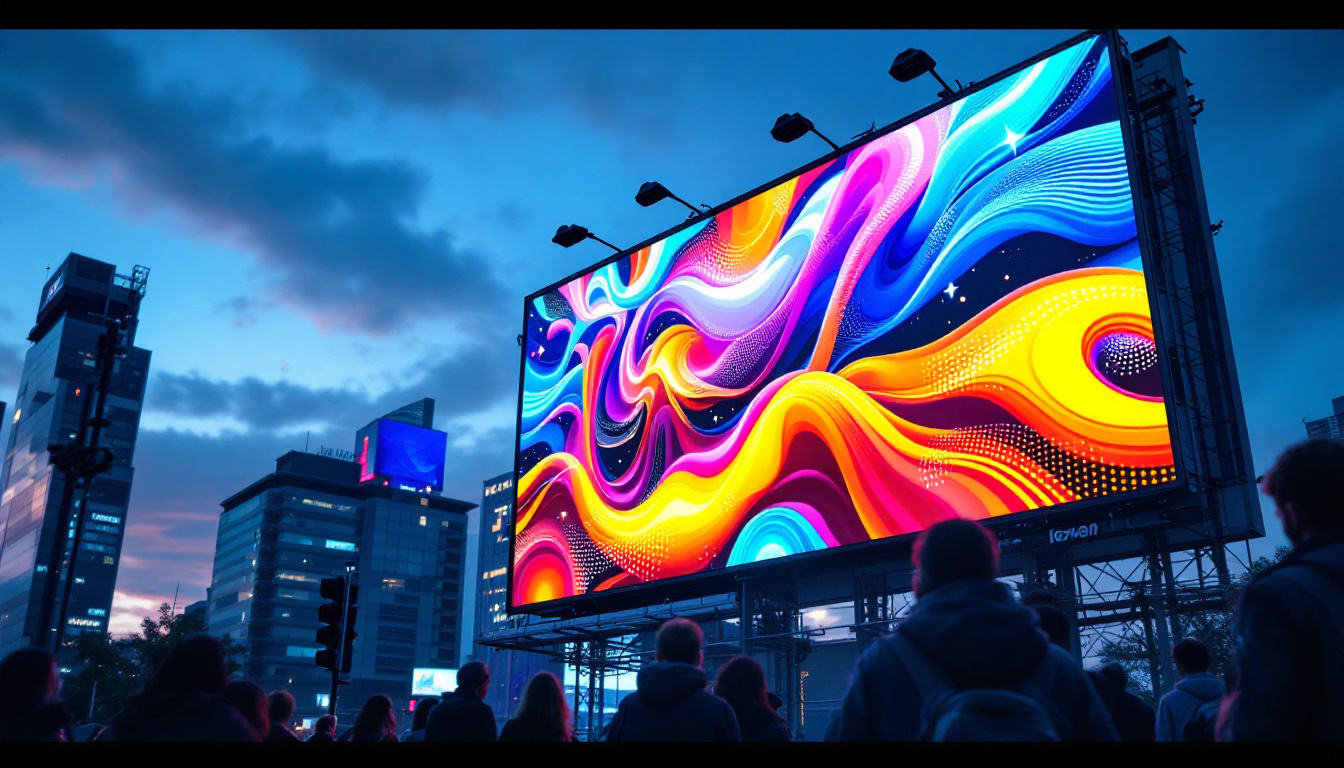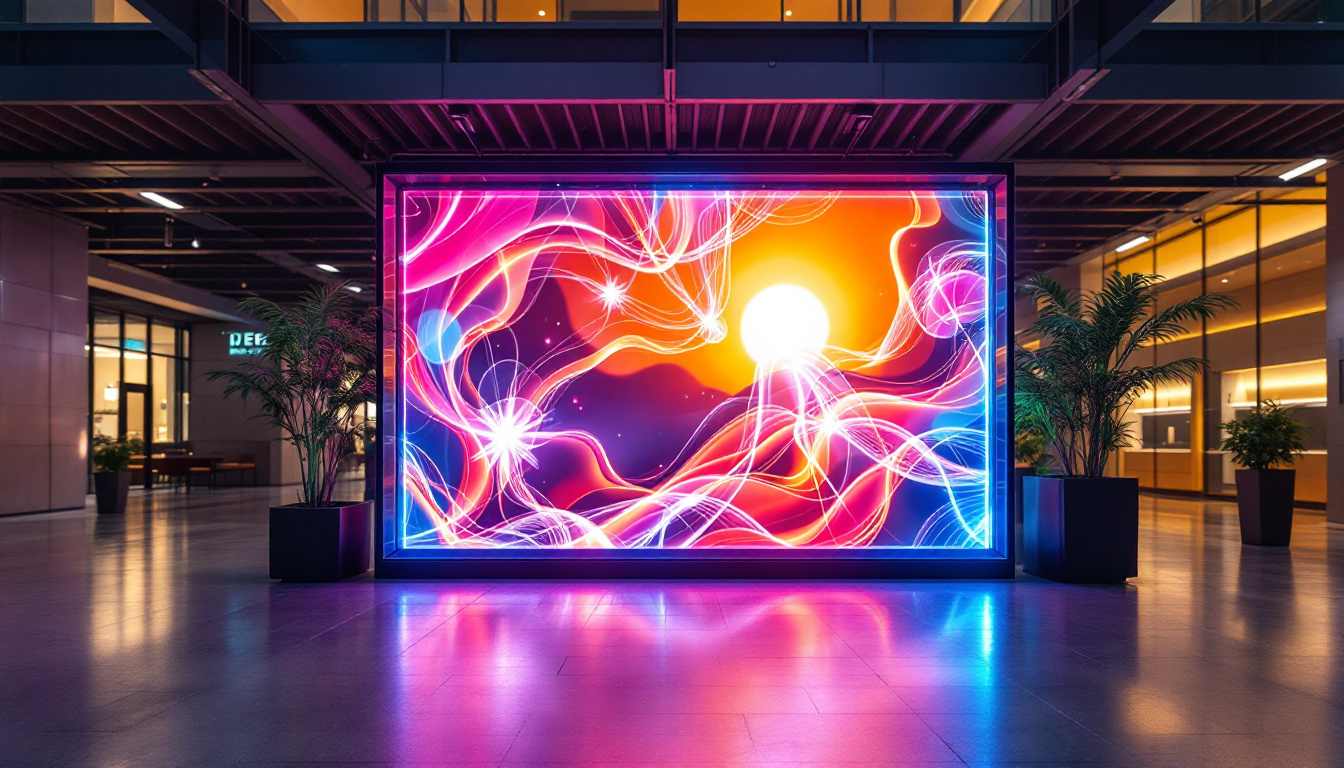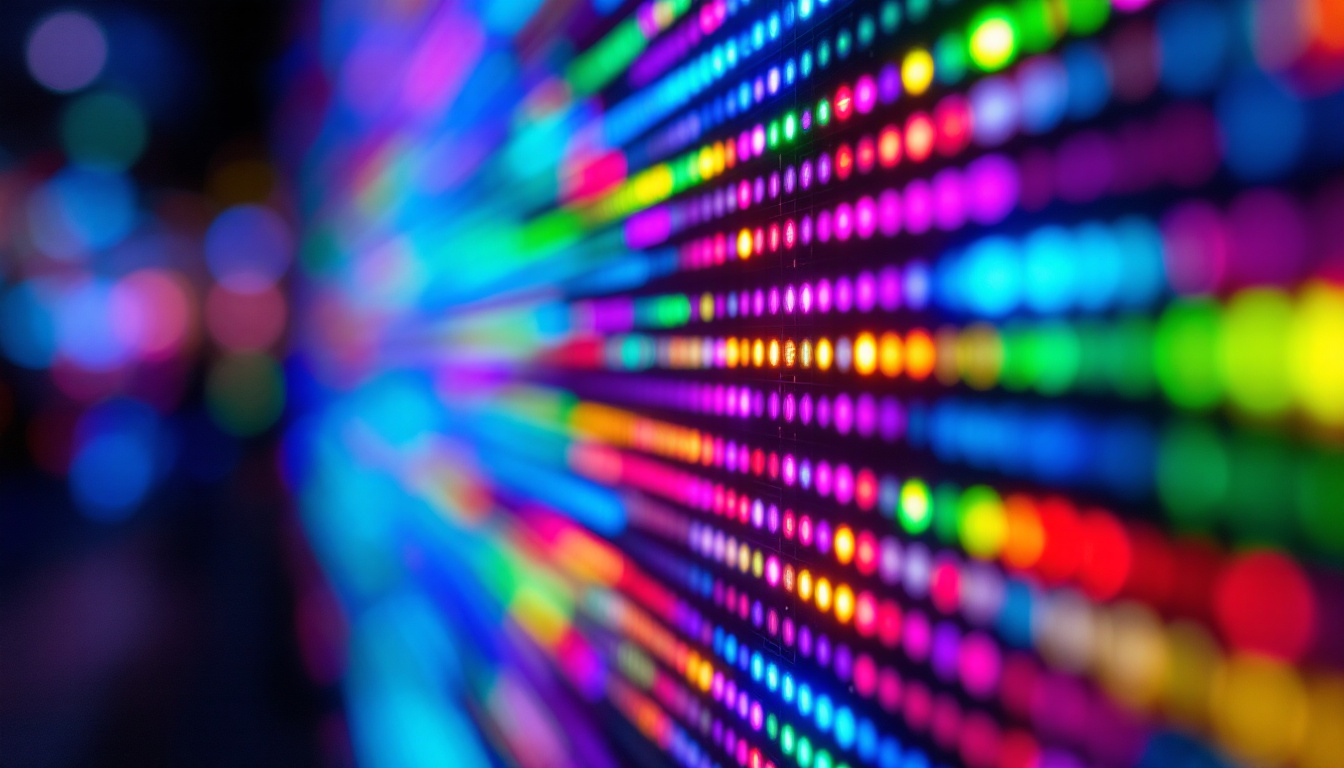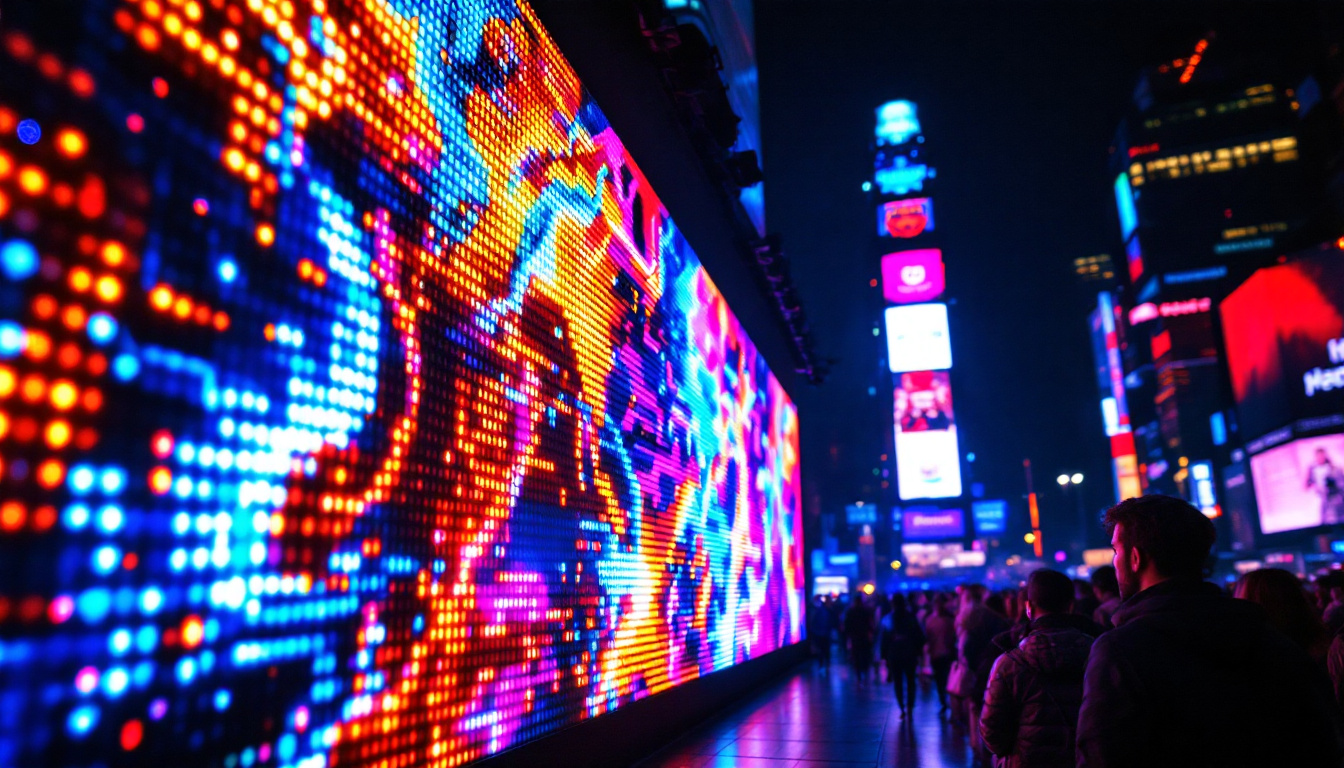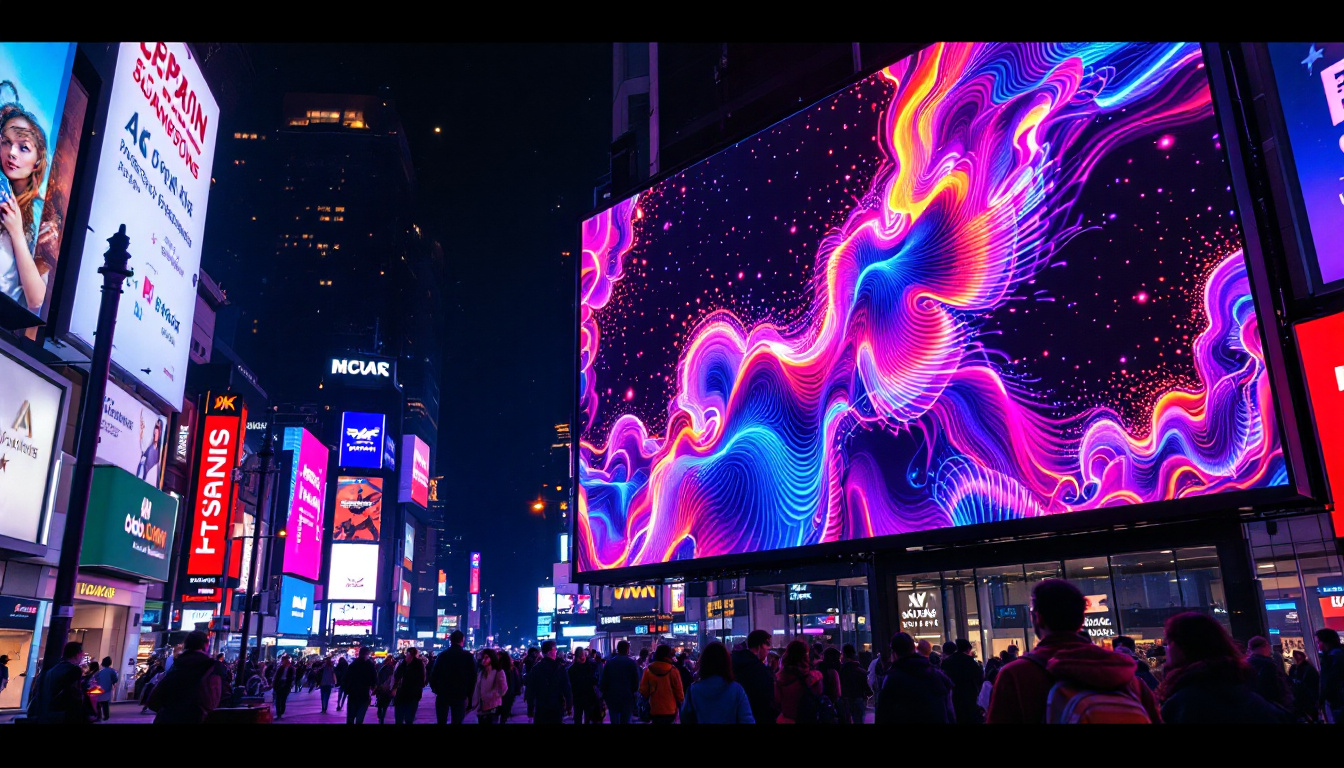In the age of digital communication, outdoor display screens have become a vital tool for businesses and organizations seeking to engage their audience effectively. Among the various types of outdoor displays, LED (Light Emitting Diode) technology stands out for its brightness, energy efficiency, and versatility. This article delves into the intricacies of outdoor LED displays, exploring their components, benefits, applications, and future trends.
Understanding LED Technology
LED technology has revolutionized the way information is displayed in outdoor environments. Unlike traditional display technologies, LEDs emit light when an electric current passes through them, making them exceptionally bright and visible even in direct sunlight. This brightness not only enhances visibility but also allows for a greater range of colors and sharper contrasts, making LED displays ideal for capturing attention in bustling urban settings.
How LED Displays Work
At the heart of LED displays are tiny diodes that produce light. These diodes are arranged in a grid format, forming pixels that can be controlled individually. When combined, they create vibrant images and videos. The resolution of an LED display is determined by the pixel pitch, which refers to the distance between the centers of two adjacent pixels. A smaller pixel pitch results in higher resolution and clarity. This technology enables the display of intricate graphics and detailed video content, making it a favorite choice for advertising and entertainment venues.
LED displays can be categorized into two main types: direct view and rear projection. Direct view LED displays are the most common, where the light is emitted directly from the LED diodes. Rear projection screens, on the other hand, use a projector to display images on a screen that is illuminated from behind. The advancements in LED technology have also led to the development of transparent LED displays, which allow for creative installations that blend seamlessly with their surroundings, providing a futuristic aesthetic while still delivering impactful visuals.
Types of LED Displays
Outdoor LED displays come in various forms, each designed for specific applications. The most common types include:
- Fixed LED Displays: These are permanent installations used for advertising, public announcements, and information dissemination. They are often seen in sports arenas, shopping malls, and transportation hubs, providing real-time updates and promotions.
- Mobile LED Displays: Often mounted on trucks or trailers, these displays are versatile and can be relocated easily for events and promotions. Their mobility makes them perfect for festivals, concerts, and sporting events, where they can be positioned for maximum visibility and engagement.
- LED Billboards: Large-scale advertising platforms that are typically found in high-traffic areas, attracting attention with dynamic content. These billboards can be programmed to change messages frequently, allowing advertisers to reach different audiences throughout the day.
Another emerging type of LED display is the interactive LED screen, which engages viewers by allowing them to touch or interact with the content. This technology is increasingly being used in retail environments and museums, where it can enhance the visitor experience by providing immersive and engaging content. Furthermore, advancements in energy efficiency have made modern LED displays more sustainable, consuming less power while providing superior brightness and longevity compared to older technologies. This not only reduces operational costs but also aligns with the growing demand for environmentally friendly solutions in advertising and public communication.
Benefits of Outdoor LED Displays
Outdoor LED displays offer numerous advantages over traditional signage, making them an attractive option for businesses and organizations. Here are some key benefits:
High Visibility and Brightness
One of the most significant advantages of LED displays is their exceptional brightness. They can produce vivid colors and clear images, even in bright sunlight. This high visibility ensures that messages are seen by a larger audience, maximizing the impact of advertising campaigns. Furthermore, the technology behind LED displays allows for a wider viewing angle, meaning that potential customers can see the content from various distances and angles, enhancing engagement and interaction.
Energy Efficiency
LED technology is known for its energy efficiency. Compared to traditional incandescent or fluorescent displays, LED screens consume significantly less power. This not only reduces operational costs but also contributes to a lower carbon footprint, aligning with sustainability goals. In addition, many outdoor LED displays are equipped with smart technology that allows them to adjust brightness levels based on ambient light conditions, further optimizing energy use and extending the lifespan of the display.
Versatility and Dynamic Content
Outdoor LED displays can showcase a wide range of content, from static images to dynamic videos and animations. This versatility allows businesses to update their messages in real-time, making it easier to respond to market trends or promote special events. Additionally, the ability to display multiple advertisements in rotation maximizes the use of the display space. This dynamic capability not only captures attention but also engages viewers with interactive content, such as polls or social media feeds, which can enhance customer participation and brand loyalty.
Moreover, outdoor LED displays can be integrated with various technologies, such as mobile apps and QR codes, allowing for seamless interaction between the display and the audience. This integration can lead to innovative marketing strategies, where customers can scan codes to receive discounts or access exclusive content, creating a more immersive experience. As businesses continue to explore creative ways to connect with their audience, the adaptability of LED displays positions them as a critical tool in modern advertising.
Applications of Outdoor LED Displays
The applications of outdoor LED displays are vast and varied, spanning multiple industries. Here are some prominent uses:
Advertising and Marketing
One of the primary applications of outdoor LED displays is in advertising. Businesses utilize these screens to promote their products and services, reaching potential customers in high-traffic areas. The ability to change content frequently allows for targeted advertising, ensuring that the right message reaches the right audience at the right time. With the integration of dynamic content, such as animations and videos, advertisers can capture the attention of passersby more effectively than traditional static billboards. Furthermore, outdoor LED displays can be programmed to display different messages based on the time of day or specific events, maximizing their impact and relevance.
Event Promotion
Outdoor events, such as concerts, festivals, and sporting events, benefit greatly from LED displays. They can be used to provide real-time information, such as schedules, directions, and safety instructions. Additionally, event organizers can use these screens to engage attendees with live feeds, highlights, and promotional content. The visual appeal of LED displays also enhances the overall atmosphere of an event, creating an immersive experience for attendees. For instance, during a music festival, LED screens can showcase artist performances, behind-the-scenes footage, and social media interactions, fostering a sense of community and excitement among the crowd.
Public Information and Safety
Governments and municipalities often employ outdoor LED displays for public information purposes. These displays can convey important messages, such as traffic updates, weather alerts, and emergency notifications. By providing timely information, they enhance public safety and awareness. In addition to these functions, LED displays can also serve as platforms for community announcements, promoting local events, and initiatives. For example, a city might use an LED display to inform residents about upcoming town hall meetings or public health campaigns, ensuring that vital information reaches a broad audience efficiently. The versatility of these displays allows them to adapt to the needs of the community, making them an invaluable resource for enhancing civic engagement and communication.
Installation and Maintenance Considerations
While outdoor LED displays offer numerous benefits, proper installation and maintenance are crucial for ensuring their longevity and performance. Here are some considerations to keep in mind:
Site Assessment
Before installation, a thorough site assessment is essential. Factors such as location, viewing angles, and ambient light conditions should be evaluated to determine the optimal placement of the display. Additionally, local regulations and permits may need to be considered.
Weather Resistance
Outdoor LED displays must be designed to withstand various weather conditions. This includes protection against rain, wind, and extreme temperatures. Choosing displays with appropriate IP (Ingress Protection) ratings ensures that they remain functional and reliable in outdoor environments.
Regular Maintenance
To keep outdoor LED displays in optimal condition, regular maintenance is necessary. This includes cleaning the screen, checking for pixel malfunctions, and ensuring that the software is up to date. A proactive maintenance plan can help prevent costly repairs and extend the lifespan of the display.
Future Trends in Outdoor LED Displays
The outdoor display market is continuously evolving, driven by technological advancements and changing consumer preferences. Here are some trends shaping the future of outdoor LED displays:
Integration with Smart Technology
As smart technology becomes increasingly prevalent, outdoor LED displays are being integrated with advanced features such as sensors and connectivity options. This allows for real-time data collection and analysis, enabling businesses to tailor their content based on audience behavior and preferences.
Higher Resolution and Pixel Density
With advancements in LED technology, displays are becoming capable of achieving higher resolutions and pixel densities. This trend enhances image quality and allows for more detailed content, making outdoor displays even more engaging and visually appealing.
Sustainability Initiatives
As environmental concerns grow, the demand for sustainable solutions in outdoor advertising is increasing. Manufacturers are focusing on creating energy-efficient displays and using recyclable materials, aligning with the global push for sustainability.
Conclusion
Outdoor LED displays have transformed the landscape of advertising, public information, and event promotion. Their high visibility, energy efficiency, and versatility make them an invaluable asset for businesses and organizations. As technology continues to advance, the future of outdoor LED displays looks promising, with innovations that will further enhance their effectiveness and sustainability. By understanding the intricacies of LED technology and its applications, businesses can make informed decisions about integrating outdoor displays into their marketing strategies, ensuring they remain competitive in a rapidly evolving digital world.
In summary, outdoor LED displays are not just a trend; they are a powerful tool that can significantly impact how messages are communicated to the public. As more organizations embrace this technology, the potential for creativity and engagement in outdoor advertising will only continue to grow.
Illuminate Your Message with LumenMatrix
Ready to elevate your outdoor advertising and captivate your audience like never before? Discover the innovative world of LumenMatrix LED display solutions, where cutting-edge technology meets creative brilliance. From vibrant Outdoor LED Wall Displays to dynamic Vehicle LED Displays and beyond, LumenMatrix is your partner in revolutionizing visual communication. Don’t just share your message—make it unforgettable. Check out LumenMatrix LED Display Solutions today and see your vision come to life in brilliant color and clarity.

